Build the future of work with us
We are an ambitious team of designers, builders, engineers, singers, parents, athletes, musicians, foodies, DIY enthusiasts, and beyond.
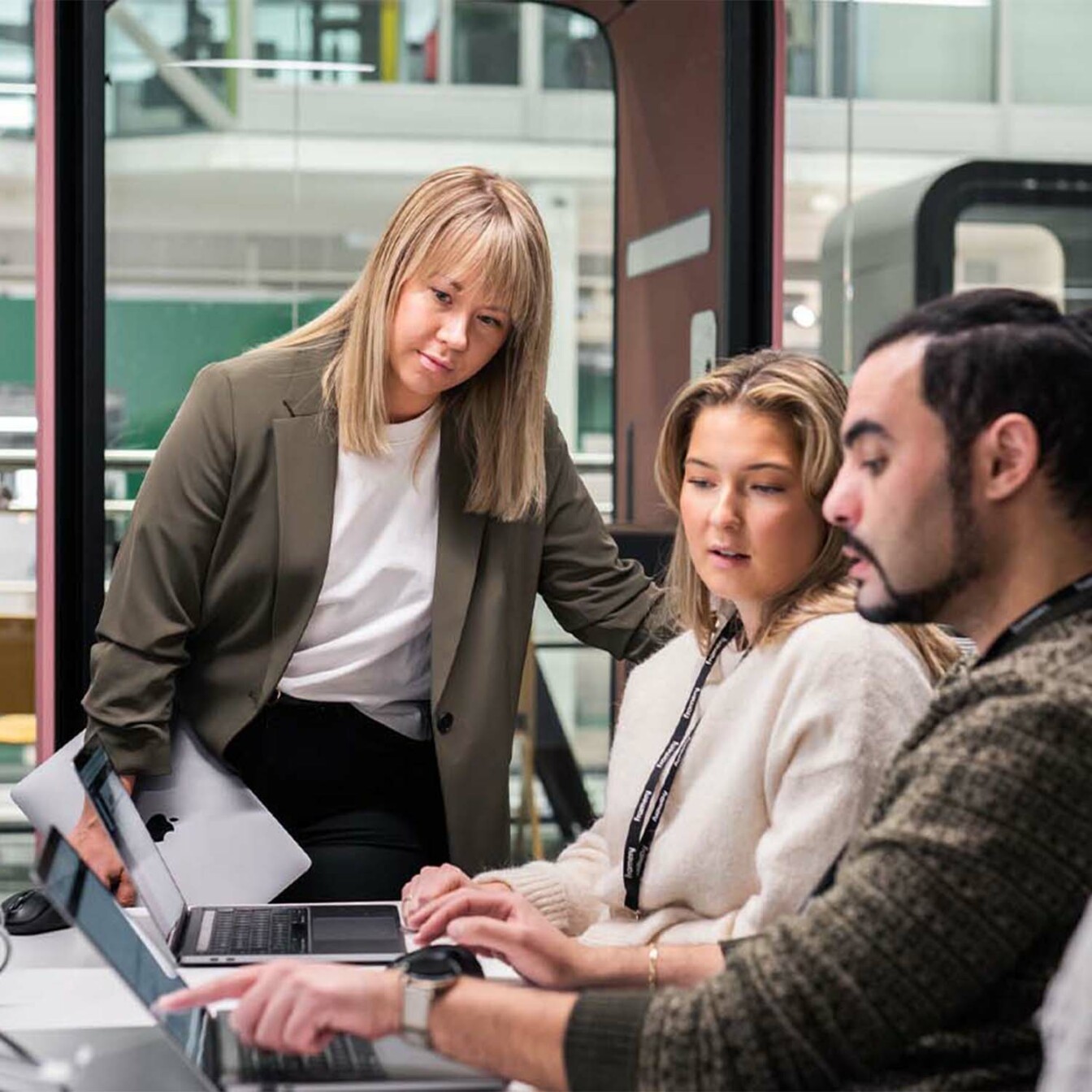

Meet the framerians
Industry pioneers and global leaders of successful workplaces
Working at Framery is about more than just having a job – it’s about constantly learning new things alongside passionate and supportive people. We operate on high performance frequency, which means living up to our values and creating the Framery story together.
our culture
Grow with us and shape the world of work
We are a one-of-a-kind growth company that improves the way people work all around the world.
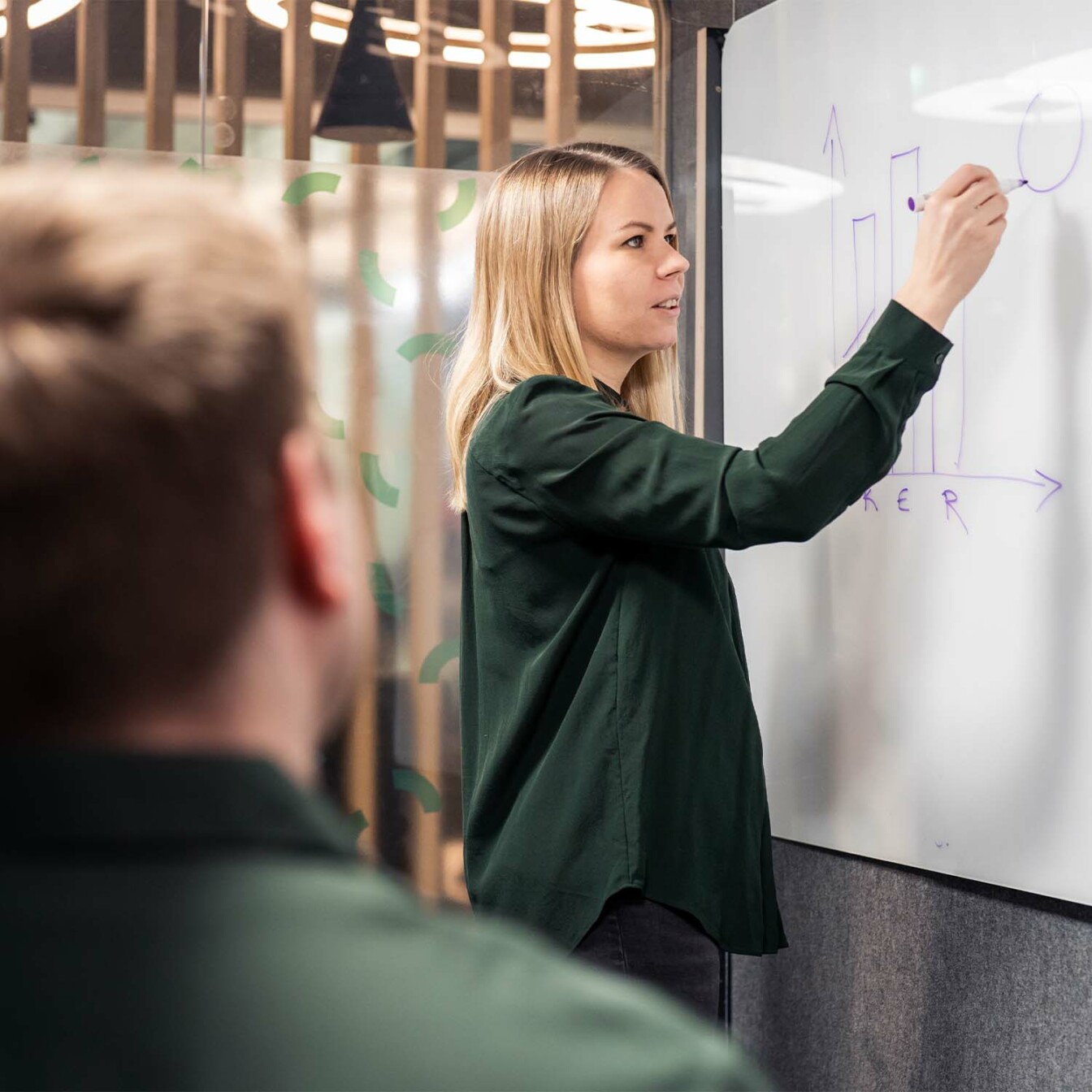
Future work
We have built a company culture where our people thrive.
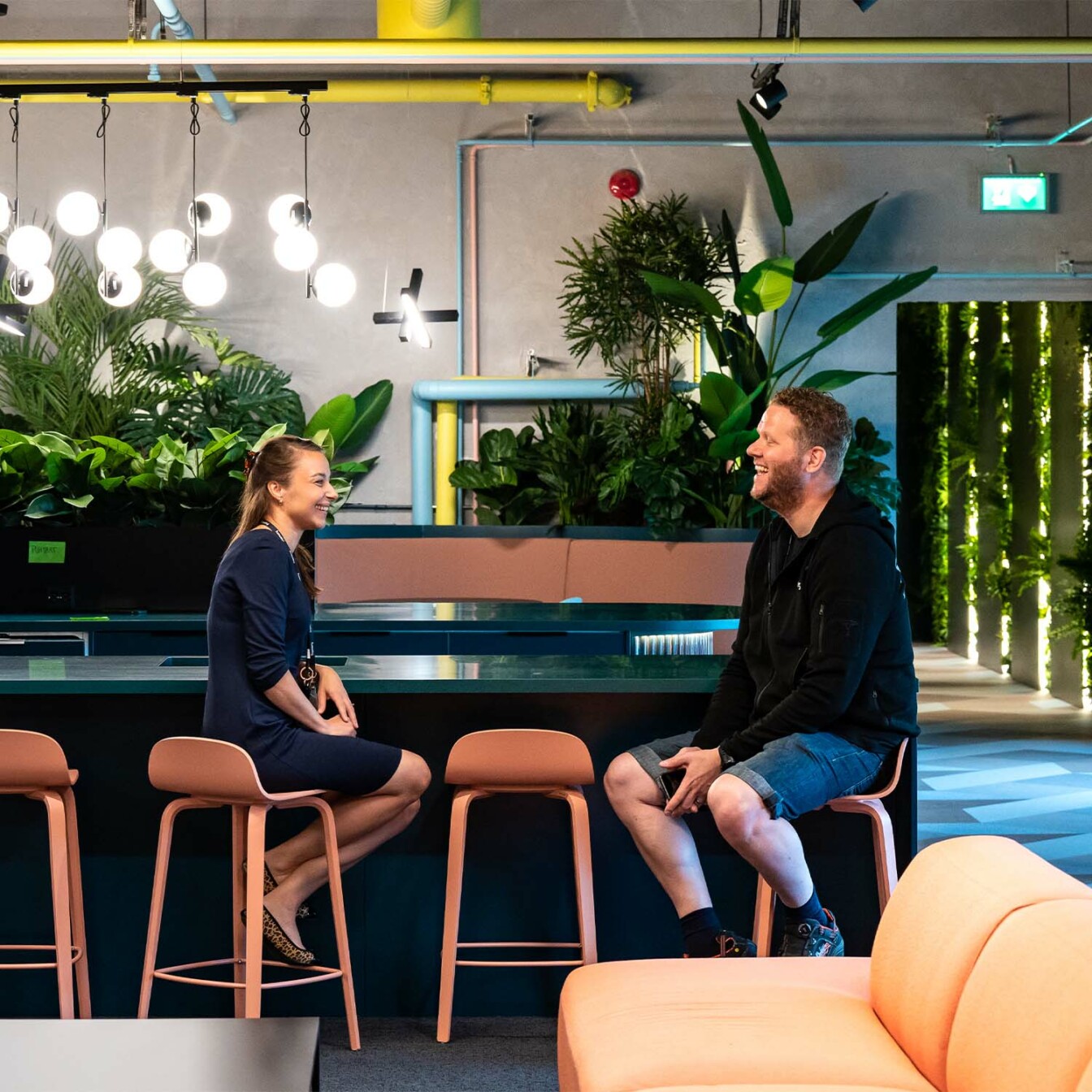
Framery as a workplace
What to expect when you join Framery?
Fast-paced environment
Growing quickly means a lot of interesting challenges – and occasionally making some mistakes.
Freedom & responsibility
We trust that every Framerian knows how they work best – and everyone is given full responsibility for their own tasks.
Personal growth
There’s always room for growth at Framery. We foster a culture that supports Framerians’ ambitions to develop – both professionally and personally.
Work-life balance
Employee wellbeing results in high performance. Taking care of work-life balance results in greater success and growth at both an individual and company level.
The new workspace
Join our Talent Community
Our Talent Community is a great way to stay connected and learn more about career opportunities at Framery.
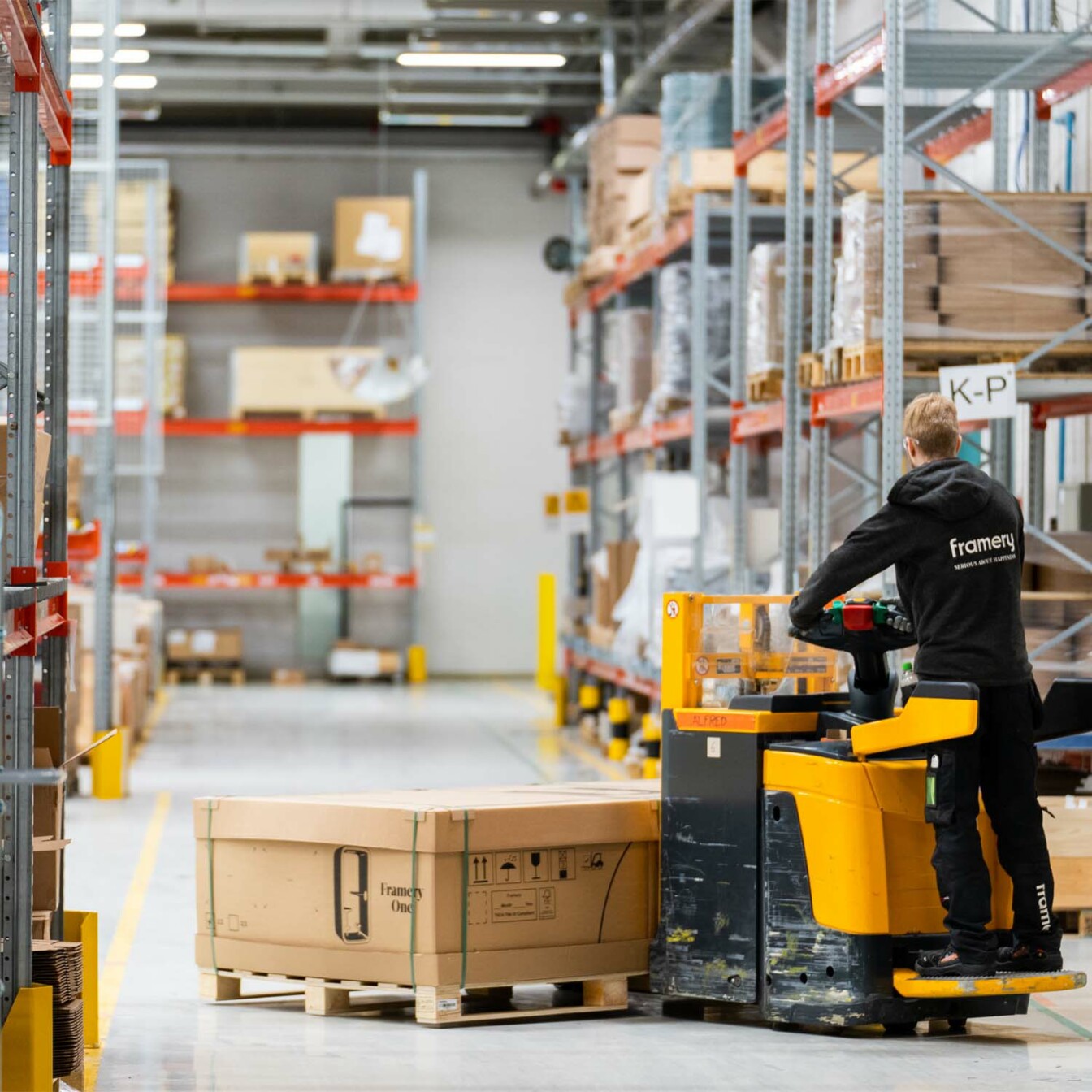
Open positions
How to apply
Seeking experts to grow
alongside our business
We review every application we receive and reply to every applicant.
Apply
Send us an online application for an open position – or join our Talent Community and tell us what you’d do if there were no limits.
Let’s meet
Over a series of interviews, you’ll meet the hiring team leader, a representative of the People & Culture team, and your potential team members at Framery.
You can expect behavioral interview questions that match strengths to job requirements through specific examples of past actions and behaviors.
Get on board
Our smooth onboarding process makes sure you are fully integrated into Framery, our way of working, and Framerian culture.
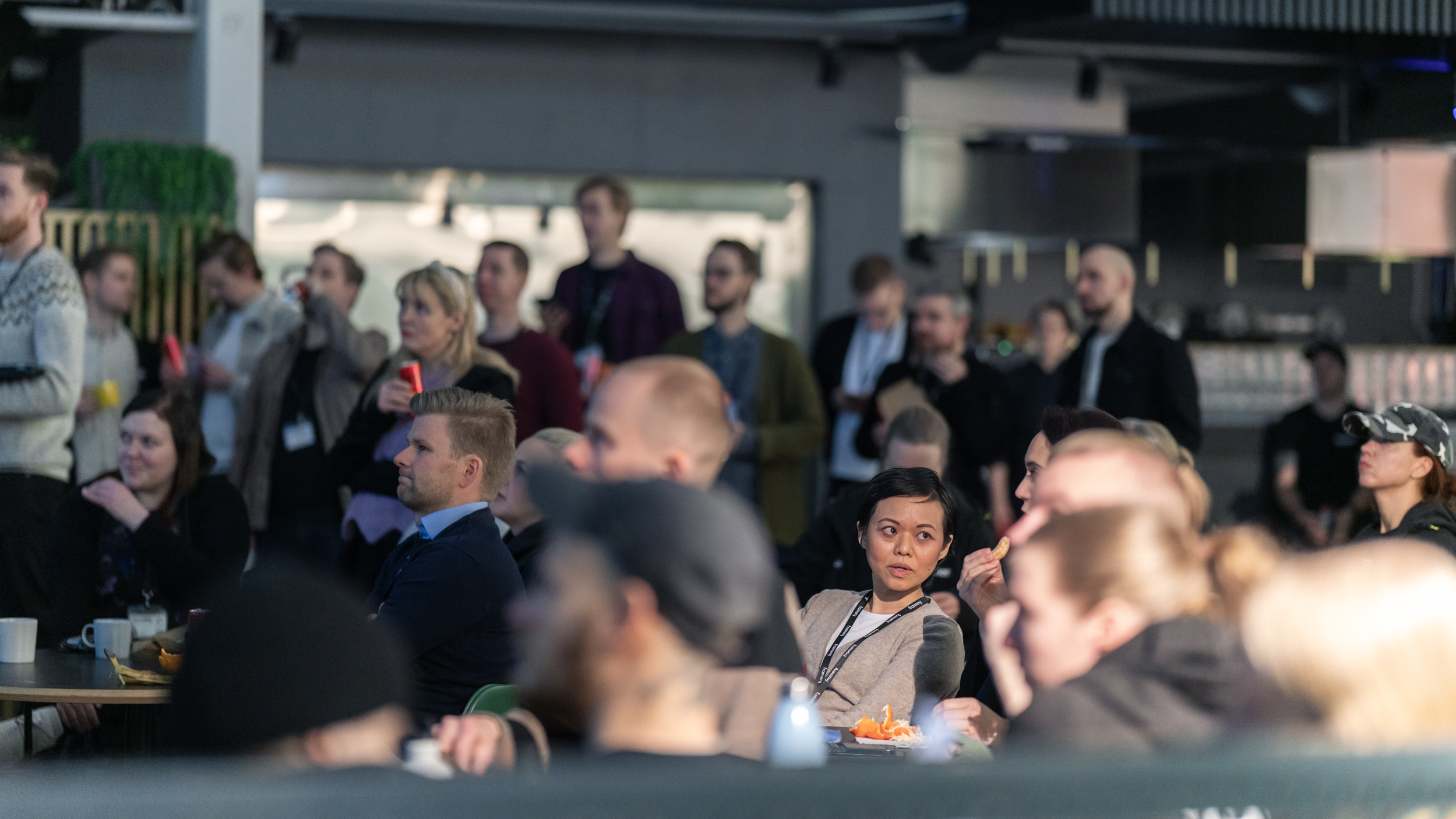
GET IN TOUCH
